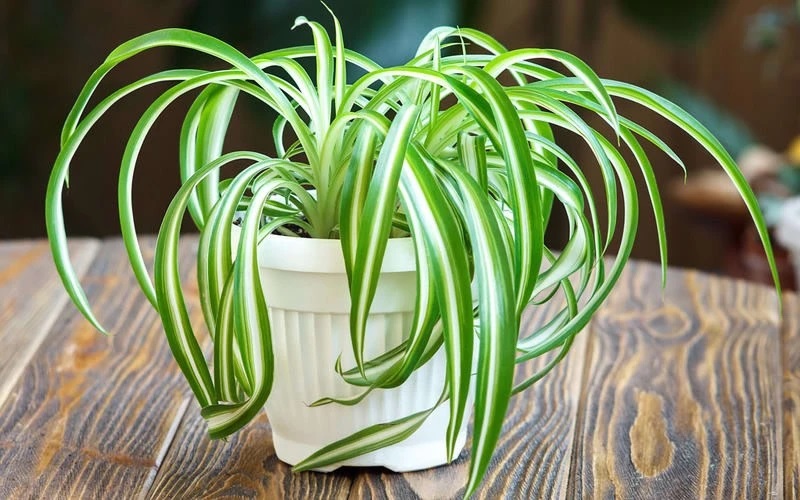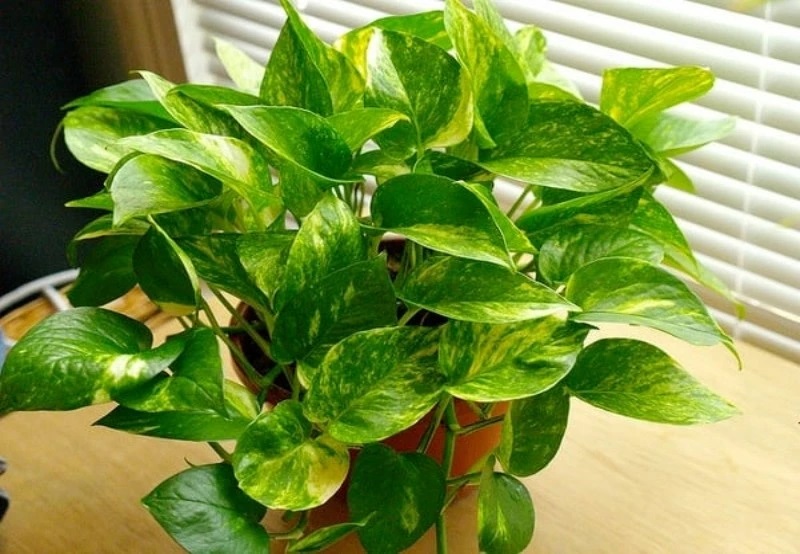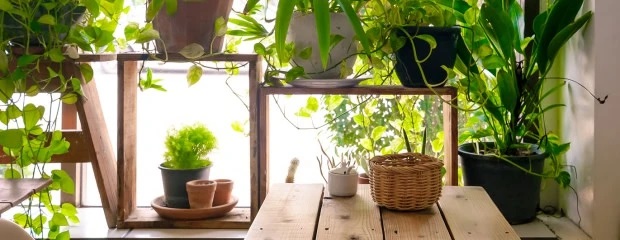Benefits of adding plants to workplace
Plants are good for us, and not just the ones you put on your plate, as there are studies which indicate a few plants dotted around the office can work wonders on the staff morale, while also helping to reduce stress levels. The office will become a more inviting place to work when you add a little greenery to the workplace. It has also been discovered that plants can promote a feeling of well-being, which is great because happy workers lead to higher productivity levels and improved performance.
In a study conducted by the New University of Technology Sydney (UTS), office staff who participated in the study reported a reduction in their stress levels as well as a reduction in their level of feelings of negativity – with ranges falling in between 30% and 60%. A control group of subjects working in an office with no plants reported somewhat opposite results, with feelings of negativity and stress increased by 20% to 40%. During the three months of the trial, it was found that surprising results could be achieved with the addition of just a single plant.
Previous research on pot plants has also focused on plants’ ability to reduce the levels of indoor contaminants. There are quite a few pollutants which can reach higher levels in an indoor environment, such as volatile organic compounds emitted from the synthetic and plastic materials used in most office furniture available today. Carbon dioxide levels can also build up to undesirable levels, with studies showing that all it takes are one or two plants to reduce the levels of CO2 significantly. Plants with lots of foliage seem to work best.
The research has also uncovered health benefits provided by indoor plants, as there are measurable reductions in sick leave. Other benefits realized were reduced perceptions of pain, increased productivity on computer work, and an increase in the level of comfort. A study conducted by the Washington State University also found that greenery around the workspace may help reduce blood pressure. Interior plants were situated around the walls of the room and the subjects blood pressures were routinely monitored while they conducted stressful tasks on the computer screen.
The computer tasks the subjects were asked to perform measured the reaction time between the participant seeing a simple shape on the screen and then selecting what it represented. Labs with plants recorded a 12% increase in reaction times, and low systolic blood pressure readings suggest the subjects were also experiencing less stress. Anecdotal evidence was also collected from the subjects, with many reporting they felt more attentive during the trial.
Office plants also improve the visual appearance of the work environment, affecting both employees and customers visiting the workspace. When visitors have a positive experience with a business for whatever reason, it will have a corresponding effect on improving the branding of the company.
Now that you know a few plants dotted around the office can improve the work environment it’s time to decide on the greenery which will work best in your situation. Not all plant species can thrive in all office spaces, as all have varying needs. Here are a few guidelines to help you decide. If the office has low light or relies mostly on artificial lighting non-flowering plants will work best. If your work area is lucky enough to have lots of natural light entering through windows, then flowering plants can also add a little extra color along with the extra greenery.

Low light tolerant plants typically have large dark green leaves and will not require as much water as the blooming varieties. However, after watering any indoor plant be sure to discard any excess water which pools in the tray, as over watering is one of the biggest killers of office-based plant life. We also have a quick guide to give you a few ideas on office friendly species which should help you get started on finding the perfect plant companions for your office.
Spider Plant:
The spider plant is an excellent plant for cubicles or offices without windows as it’s low maintenance, requires little light, and possesses heaps of health benefits such as purifying the air and reducing stress levels. Spider plants will help to clear the air of pollutants such as VOCs (volatile organic compounds) and decrease the humidity.

Cleaning the air is an important trait as many airborne allergens piggyback on the moisture molecules that we breathe in. Less humidity means there are fewer airborne particulates (dust and other floating debris) to trigger allergies.
Philodendron:
The philodendron is a lush leafy plant that’s also tough and will handle all the but the most severe neglect. Research has found that philodendrons are excellent at reducing VOC levels as well as reducing carbon dioxide.

Philodendrons like hanging pots best, with loose and nutrient-rich potting soil. Keep watering down to a minimum; twice a week to keep the soil damp, but not wet will be enough.
Peace Lily:
The peace lily is a shade loving plant that will thrive even while out of sight of a window. NASA’s research on effects of indoor plants and how they affect air quality, found that the peace lily to be a very efficient air purifier. Peace lilies love loose nutrient dense potting mix with good drainage. Check the level of moisture in the soil every couple of days and water as necessary. To keep your peace lily in the best of health ensure the potting mix is always moist.

African Violets:
African violets are a flowering plant for when you need a splash of color in the cubicle. They don’t need much sunlight, and only need to water when the soil becomes dry. A glimpse of the African violets flower petals, with their striking shades of purple, is sure to bring a spark of joy to any office employee.

Golden Pothos:
The golden pothos has lovely large leaves decorated with various shades of green. It’s another of NASA’s top performers regarding air-cleaning. The pothos is super easy to care for as it needs very little light, and soil that leans more towards dry than moist.

You can also keep the pothos in the same pot for years as it is one of the few varieties of indoor plants which thrive on being root bound. If your office is feeling a little drab, and you need to add a splash of color, a few office plants may be the solution you need.
